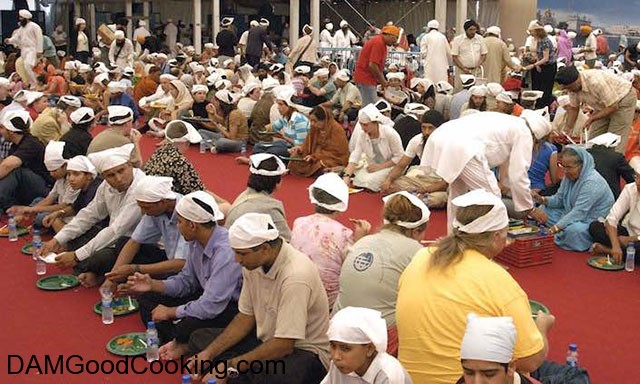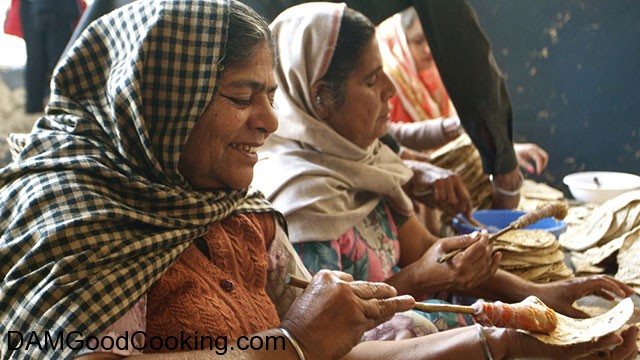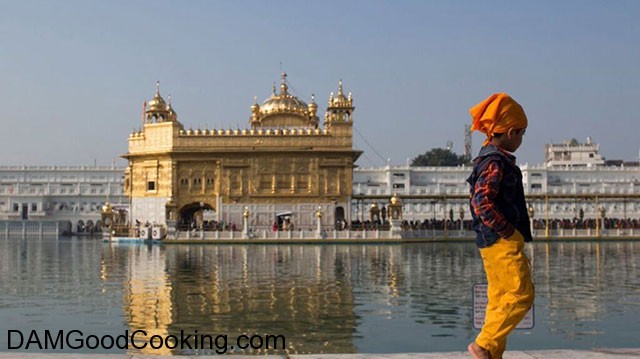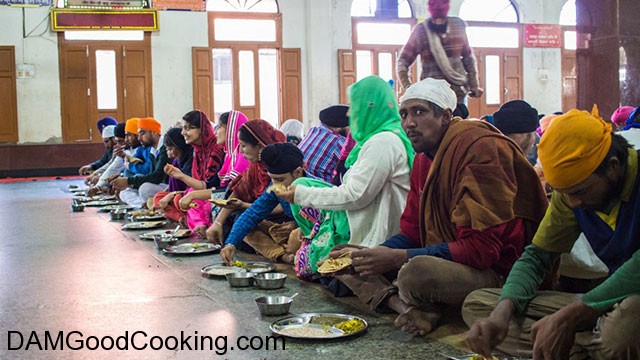
In the sprawling complex of marble and gold, food never runs out, all are welcome, and no one is ever required to pay a single rupee.
No one ever went broke from giving, correct? Such is the message philanthropists and humanists have been sharing for years, and this latest example is no doubt testament to such belief.
As Munchies on Vice reports, in Amritsar, India, the Sikh gather in a Golden Temple to serve 100,000 meals every single day of the year in a kitchen that never closes its doors to those who are hungry. The community kitchen in the temple, also known as the langar, is the largest free kitchen on the planet, and it literally serves up tons of food each week.
In the sprawling complex of marble and gold, food never runs out, all are welcome, and no one ever pays a single rupee.

How is this possible?
The langar is supported by volunteers of various religions from all around the world and embodies the ideal of equality. In effect, it has developed into more than just a place to eat for free. People come to the temple, sit near each other cross-legged on the floor and enjoy their meal in group setting.
The staggering amount of foodstuff required to feed everyone – including 12,000 kilos of flour, 1,500 kilos of rice, 13,000 kilos of lentils, and up to 2,000 kilos of vegetables – is entirely donated.
Most people give anonymously, out of a sense of religious and social obligation. Said a 55-year-old Sikh volunteer from California who moved to Amritsar in 2013,“There are only three things in our religion: Chant the name of God, sing religious hymns, and volunteer. I work as long as my legs allow me to stand.”

Said Samran Jeet Singh, the senior religion fellow for the Sikh Coalition in the U.S.: “Sikh gurus worked very intentionally to challenge social distinctions in various forms.” And it seems they – and all volunteers – have succeeded.
If you look closely, you’ll witness something much more profound than a temple filling empty tummies. In a society still heavily influenced by a class system, an ancient caste of hierarchies that for millennia dictated who was able to eat what, and with whom, the temple is a sanctuary where all people are considered equal.

The incredible temple even receives more daily traffic than India’s most popular tourist attraction, the Taj Mahal. Truly, the work being done in loving service is something to celebrate and share.





